Everything is under control – right? If you’re not sure, here are seven steps to give you to a review and improvement of your billing process.
Billing is complex, and there are more reasons for it to go wrong than there are for it to go right, for you to get paid. These basics are sometimes lost in the complexity.
- Patient Check-in
There at the window, they want their appointment. You have their undivided attention. Now get what you need – information. What demographic and insurance information to you need to bill correctly, and to pursue the patient if that information is not correct. Patient’s demographic information, his/her insurance, the insurance payer and policy number. Any information that will be useful and/or necessary to file a claim should be picked up at check-n. Also think about adding some questions to learn how the patient found you, referral, advertising? What are the sources of your patients? Good to know.
- Verify Insurance Eligibility
Don’t skip this step even if they are a returning patient. Things change coverage, deductibles, copayments. You need to verify that the patient is eligible for coverage under the policy they identified as their payment source. You should also be identifying copayment rates, the status of deductibles, if applicable. Know these at time of checking, and try to collect the patient responsibilities then and there.
- Coding of Diagnosis, Procedures, and Modifiers
What services did you provide? And for what diagnoses. Your diagnoses should list all diagnoses present at the time of treatment, even if it was not the reason they came in, all diagnoses describe the medical condition that the physician had to consider when treating as well as when recommending treatment. The well-controlled diabetic, for example, is a diabetic even if in the office that day for a UTI. That diagnoses should be listed. Know your codes. As big as the ICD codebook is, most offices use no more than 40 to 50 codes. Know them and the modifiers that are appropriate.
- Charge Entry
You did the work, now are all the charges being captured by your billing system? If you have an integrated EHR and practice management system, this should be done automatically. If not, you are likely documenting procedures in the medical record, but some are slipping off the billing. Check your work. Upwards of 7% of all services documented are not billed out.
- Claims Submission
Send the bill, and don’t wait. Time is passing. Practices that let their billing piled up add to their risk of not getting paid because of timely filing rules. So you should be billing daily. Get your claims out the door.
- Payment Posting
Likewise get your posting done. EOBs come in, cash the checks and post the payments to the proper account’s. If you delay posting, you will likely overstate your receivables and spend time on wasted duplicative billing.
- Post Payment Auditing
Every month choose a different payer and audit their payments against the fees you should have been paid. Plans are not the best about accuracy, after all, most physician never questions the payments and simply write off the balances. The EOB identifies what the payer says the patient owes, and what they pay, but is that information corrects? Studies show the error rates in payment can run as much as 20% of the claim paid. If you can’t get a fee schedule, build your own by tracking payments over a month or so. Anything that does not match up, if you’re underpaid, send an appeal letter. There may be more money to be had.
Top 5 Most Widely Used EHRs by Physicians According to hitconsultant.net



More Stories
Addressing Common Challenges in Medical Coding and Billing